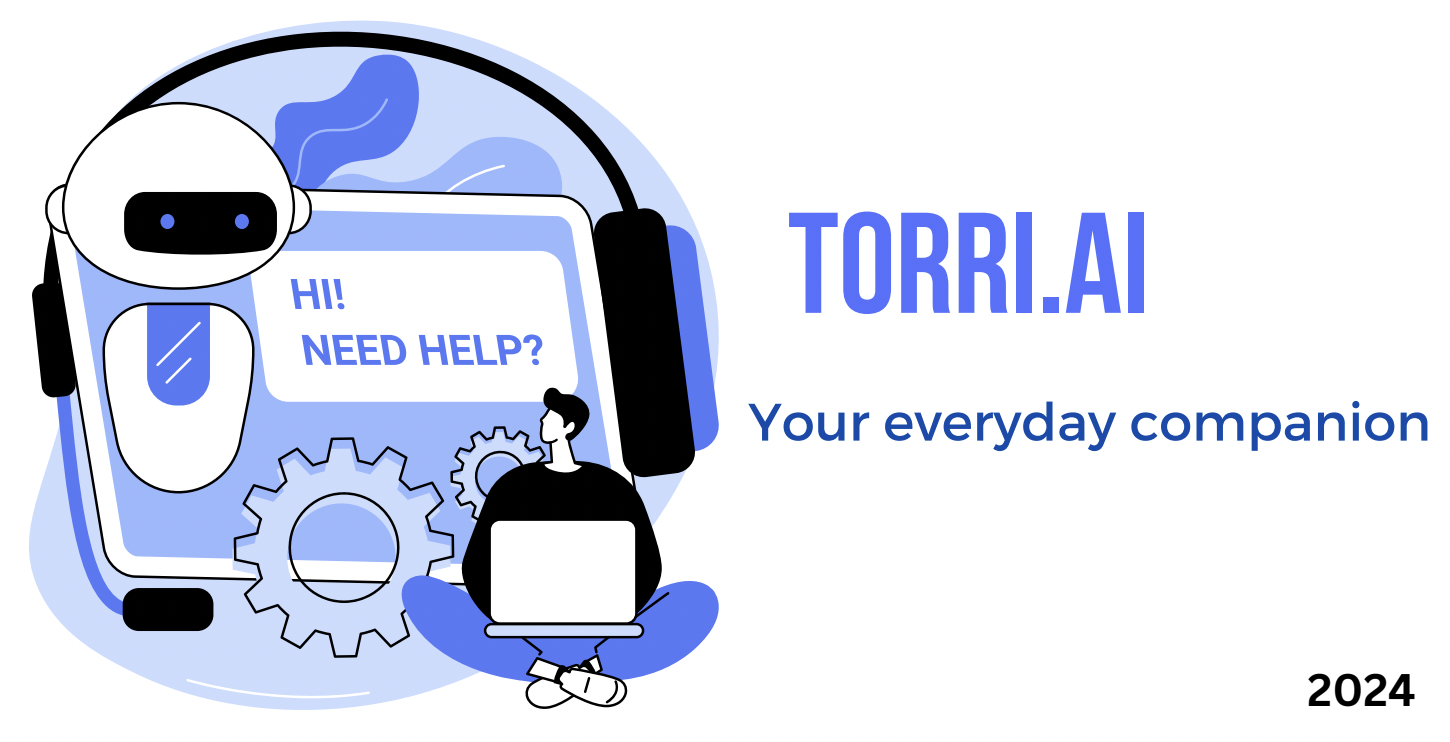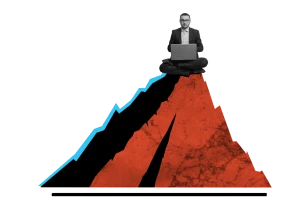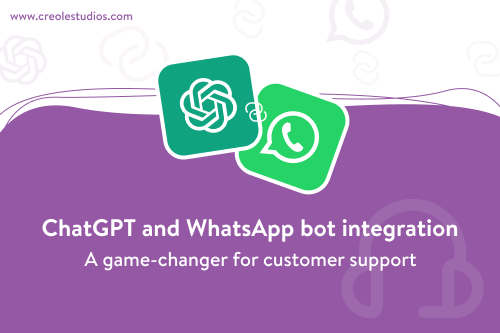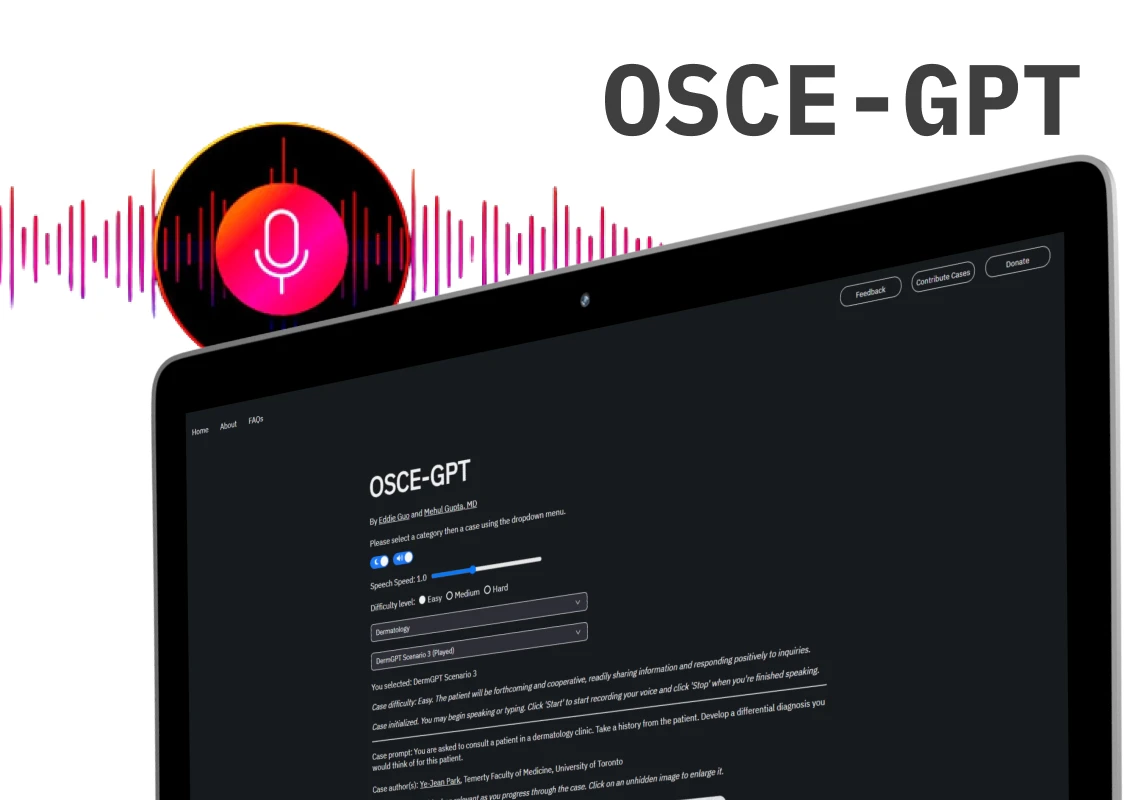Introduction
In the realm of artificial intelligence (AI) development, the emergence of generative AI tools has ushered in a new era of creativity and innovation. These powerful tools leverage advanced machine learning algorithms to autonomously generate content across various mediums, revolutionizing the way we create, design, and interact with digital content. In this content, we will delve into the realm of generative AI development services, uncovering the top five tools that are leading the charge in reshaping the creative landscape. Whether you’re a seasoned AI developer, a creative professional, or an entrepreneur looking to innovate in your industry, understanding these tools is crucial for unlocking new avenues of creativity and driving meaningful innovation.
Generative AI Tools – Introduction
In today’s fast-paced and ever-evolving world, the field of artificial intelligence (AI) continues to push boundaries and transform industries. Among the many fascinating aspects of AI, generative AI stands out as a technology with the ability to independently create content, artwork, code, and more. According to Statista, this transformative capability has brought about numerous advantages across different sectors. These include a remarkable 40% increase in efficiency in content creation, a staggering 75% surge in creative output, and an unprecedented 90% growth in the level of automation in specific workflows.
In this blog post, we will explore the significance of generative AI and its growing impact on various sectors. We will highlight how it is revolutionizing traditional processes and opening doors to innovative possibilities. Additionally, we will delve into the top 5 generative AI tools that businesses can utilize to automate workflows and enhance productivity.
Top 5 Generative AI Tools
In today’s era of artificial intelligence, the fusion of technology and creativity has reached new heights, thanks to the emergence of generative AI tools.
- OpenAI’s GPT (Generative Pre-trained Transformer):
- GPT models, particularly GPT-3, have gained widespread recognition for their ability to generate coherent and contextually relevant text. These models are trained on vast amounts of text data and can generate human-like responses to prompts, making them valuable for tasks such as content creation, chatbots, and natural language understanding.
- DeepArt:
- DeepArt is a popular platform that utilizes deep learning algorithms to generate artistic images. Users can upload their photos and apply various artistic styles inspired by famous artists or create entirely new styles. DeepArt’s algorithms analyze the input image and transform it into visually stunning artworks, making it a favorite among artists and designers.
- RunwayML:
- RunwayML is a versatile platform that offers a range of generative AI models for creative applications. It provides access to pre-trained models for tasks such as image generation, style transfer, text-to-image synthesis, and more. Runway ML’s user-friendly interface and extensive model library make it accessible to both professionals and amateurs interested in exploring generative AI.
- Magenta:
- Developed by Google, Magenta is an open-source research project that explores the intersection of machine learning and creativity. Magenta offers a suite of tools and models for generating music and art. From creating melodies and harmonies to generating visual artworks, Magenta provides artists and musicians with powerful tools for creative expression.
- DALL-E:
- DALL-E, developed by OpenAI, is a groundbreaking generative model specifically designed for creating images from textual descriptions. Named after the surrealist artist Salvador Dalí, DALL-E can generate a wide range of images based on textual prompts, ranging from fantastical creatures to everyday objects. Its ability to understand and visualize complex textual descriptions makes it a unique tool for creative exploration.
These generative AI tools represent just a glimpse of the innovative advancements being made in the field of artificial creativity. Whether you’re an artist, designer, musician, or simply curious about the possibilities of AI-driven creativity, these tools offer exciting opportunities for exploration and experimentation.
Read More : Generative AI Tools and Their Development
How Does Generative AI Tool Work?
- Data Collection and Preprocessing:
- Generative AI tools require large amounts of data to learn from. This data can be in the form of images, text, music, or other types of content, depending on the specific application. Before training begins, the data is collected and preprocessed to ensure it is in a suitable format for the model to learn from.
- Training the Model:
- Once the data is prepared, it is used to train a generative model. The most common types of generative models include Generative Adversarial Networks (GANs), Variational Autoencoders (VAEs), and autoregressive models like the Transformer architecture used in models like OpenAI’s GPT.
- During training, the model learns the underlying patterns and structures present in the data. For example, in the case of image generation, the model learns to generate images that resemble the ones in the training dataset.
- Generating New Content:
- After the model has been trained, it can generate new content based on the patterns it has learned. This is typically done by providing the model with a starting point or seed input, such as an initial image or text prompt.
- The model then uses its learned knowledge to generate new content that is similar to the training data but not identical to it. For example, in the case of text generation, the model might generate a new article based on a given topic or write a continuation of a story.
- Evaluation and Iteration:
- Generated content is often evaluated by humans or automated metrics to assess its quality and coherence. Depending on the application, the model may undergo further training iterations or fine-tuning to improve its performance.
- Additionally, feedback from users or domain experts may be used to guide the development of the model and improve its outputs over time.
- Deployment and Use:
- Once trained and evaluated, the generative AI model can be deployed for various applications. These applications may include generating artwork, writing content, composing music, or any other task for which the model was trained.
- Users interact with the model by providing input and receiving generated output, enabling them to explore new creative possibilities or automate certain tasks.
Overall, generative AI tools operate by learning from data and using that knowledge to generate new content that mimics or extends upon the patterns present in the training data. Through this process, these tools enable users to explore new realms of creativity and innovation.
Conclusion
In conclusion, generative AI tools represent a significant leap forward in the realm of artificial creativity, offering boundless opportunities for innovation and exploration. By harnessing the power of advanced machine learning algorithms, these tools empower users to generate new content across various domains, from art and music to literature and beyond. With the ability to mimic and extend upon patterns present in training data, generative AI development services like those offered by CreoleStudios pave the way for transformative experiences and creative expression.


 Lets Talk
Lets Talk 




 Email Us
Email Us 











 30 mins free Consulting
30 mins free Consulting 
 7 min read
7 min read 


 Canada
Canada 





 Love we get from the world
Love we get from the world 